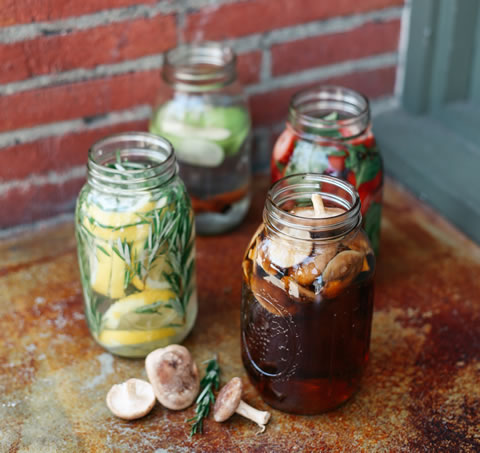Laguna Beach bartenders add personal flavor to the latest cocktail trend.
By Jackie Adams | Photos by Jody Tiongco
Whipped cream vodka, honey maple whiskey and coconut rum all made from extract have lined supermarket shelves for years, but the more recent infused alcohol trend brings fresh, natural flavors back to the forefront. Returning to an age-old process that’s often associated with sangria—which features chopped fruit steeped in wine—bartenders and amateur mixologists are taking the reins with classic and inventive house-infused liquors worthy of the craft cocktail movement they accompany.
Infusions are a simple concept: Place your favorite ingredients into liquid and let the mixture sit. It’s an easy do-it-yourself project, but, with a little expert advice, these concoctions can elevate your sipping experience to new levels. Fortunately, bartenders in Laguna Beach are hip to the trend, offering custom infused liquors mixed into cocktails or served solo. They have been hard at work, experimenting with different flavors, adding various ingredients like herbs, fruits and jalapenos to everything from vodka to tequila. Their Mason jars, bottles and barrels sit for several hours to several weeks, until the contents are transformed into ghost chili pepper tequila, pineapple vodka and oak barrel-aged vermouth.
Regardless of their methods or preferences, they all share the innovative spirit. Here, they divulge some of their secrets with Laguna Beach Magazine.
Some Like it Hot
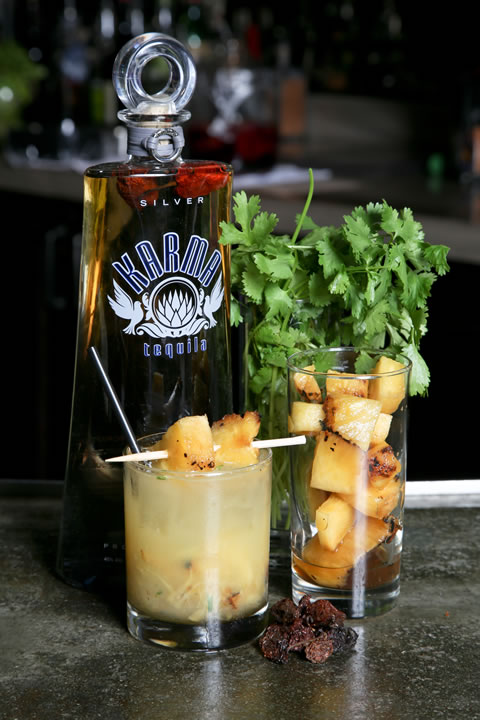
Known for embracing creativity in food and beverages, Three Seventy Common Kitchen & Drink has been experimenting with infusing tequila. Now one of the hottest sips in town, blanco tequila infused with ghost chili peppers fills glasses along with muddled grilled pineapple, cilantro, lime juice and agave nectar to create Three Seventy Common’s Miablo—a drink so spicy that it comes with the disclaimer: “You order it, you pay for it.”
Bartender Ryan Jones explains that the infusion process is an important part of flavoring the Miablo; simply adding a chili pepper to the glass would not be good enough. “Infusing creates a depth of flavor and layers of taste,” he says. “When ghost peppers are used, the heat of the peppers infuses the drink as the peppers release their essential oils, which are contained in the seeds.”
Tequila and chili peppers are a natural pairing, but if you make this infusion at home, be sure to use a variety that’s 100-percent agave; nonagave sugars will interfere with the tequila taste. Vodka also lends itself to chili pepper infusions. For either alcohol, keep in mind that the hotter the pepper, the less time it will take to infuse. If you’re seeking a less spicy sip, carefully remove some or all of the seeds first. Some peppers take as little as an hour before they start to make the liquid overly spicy, so test early and often.
Herbal Remedies
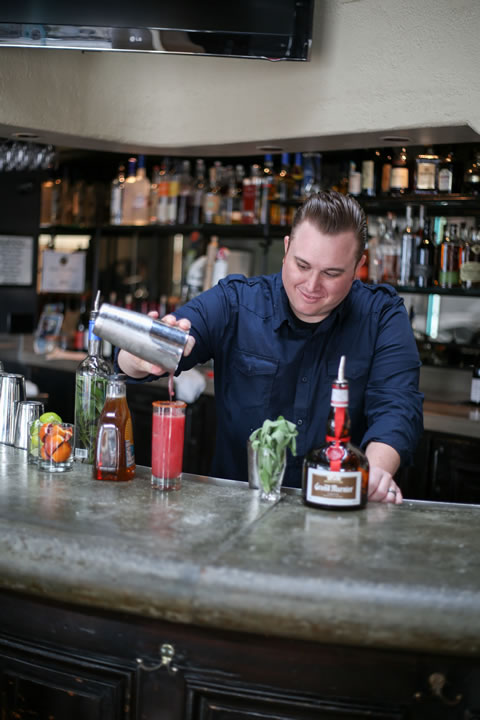
For those who prefer not to scorch their taste buds, herbs and spices can provide subtle complements to spirits. Three Seventy Common also infuses blanco tequila with sage, and incorporates the result in the Italo-Margarita, which uses Grand Marnier as well as blood orange and lime juices, served in a glass rimmed with chili salt.
“The … sage [is] just placed, actually shoved, into the bottles of tequila that are kept behind the bar,” Ryan says. “The bartenders taste the tequilas for the proper potency. Typically, it takes three to five days for the flavors to reach their height for usage. Then, we use them until the bottle is gone.”
Herbs and spices can enhance a drink on their own, but can truly transform sips when used in combination with ingredients like vegetables or fruits, as the Italo-Margarita demonstrates. As a starting point for home tinkering, consider classic pairings like strawberries and basil, rosemary and lemon zest, or apples and cinnamon. Rinse and dry fresh herbs; spices can be used whole. When using an herb on its own, let the mixture set for up to two days, shaking the jar or bottle several times per day. Spice infusions usually take longer, about two weeks. Of course, continue to taste throughout the process. “If the flavor is too strong, you can always dilute your infused liquor with more alcohol,” Ryan explains.
Fruit-Full
Perhaps the most obvious ingredients for infusions, fruits can be found on Laguna cocktail menus as well. Mozambique elevates vodka—already a quintessential drink ingredient—with a pineapple infusion that’s done in-house.
Starting with a base of clear, unadulterated vodka, bartenders add chopped pineapples and let it all sit in a jar. After two days, the liquor is ready to be strained and served. It’s great on its own, or enjoyed as the base of Mozambique’s famous Manzini. For this drink, the pineapple-infused vodka is complemented by ginger liqueur, fresh lime juice and jalapeno.
Bartender Mason Baird has plenty of experience with inventive cocktails. Tropical fruits like those on Mozambique’s menu work well with vodka and rum, both of which pick up flavors easily. Mason also says that when you’re experimenting, it’s fine to use the cheap stuff. “It takes a bottle or two to get it right,” he explains.
When infusing at home, fruit can be used dried or fresh, notes Selanne Steak Tavern Director of Operations Leo Fenn, but it’s important to ensure produce is at its peak of ripeness. Cut out any part that you wouldn’t normally eat, meaning no seeds or stems. When working with citrus, use just the zest; the zest of a small citrus fruit can infuse two cups of a base alcohol in about five days. With dried fruit, extraction occurs quickly because of the concentrated flavors, but you can let dried ingredients steep in liquor for months without overdoing it. Add half a cup to a Mason jar and set aside for anywhere from a few days to a few months.
Underground Flavor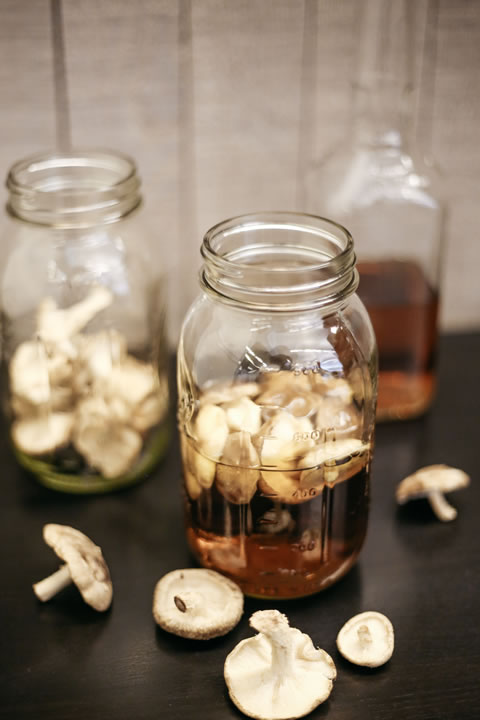
Selanne’s masterminds have been attempting some of their own infusions with uncommon ingredients. The restaurant stocks bottles of vermouth that contain a secret ingredient: black truffles. The infusion is part of a martini that’s not listed on the menu, but available for those in the know.
Selanne’s aging process for the vermouth takes about four to six months, so the beverage team is familiar with the waiting game; it also produce the restaurant’s special reserve barrel-aged tequila, bourbon, maple bourbon and Manhattan. “Barrel-aging really smooths out the liquor and adds oak and other additional flavors to please the palate,” Leo explains. “Infusing gives us the ability to change or add to the flavor profile and make a liquor more complex, as well as more appealing.”
Expert chefs at Selanne’s may help to determine complementary flavors, but even the uninitiated can get creative at home with fungi. Vermouth’s freshness pairs well with the earthiness of black truffles, while other notable combinations in this category include white truffle cognac, black truffle tequila, shiitake bourbon and chanterelle vodka.
Clean and trim fresh mushrooms and fill about a quarter of a Mason jar with them, pour in alcohol and let the mixture set for a couple of weeks, or use dried mushrooms to speed up the process (infusions usually take a few days). The high price of truffles make them more challenging to experiment with, but all it takes is a couple shavings to infuse a jarful of your desired spirit. Just be sure to sample along the way to achieve your preferred potency. Then, prepare to tantalize your taste buds with the final, flavorful result.
DIY Drinks
The best part about the alcohol infusion trend is how easy it is to embrace at home. The possibilities for flavors are seemingly endless, and experimentation is half of the fun. Regardless of what you choose to infuse, here are some tips on how to work with ordinary ingredients for extraordinary results.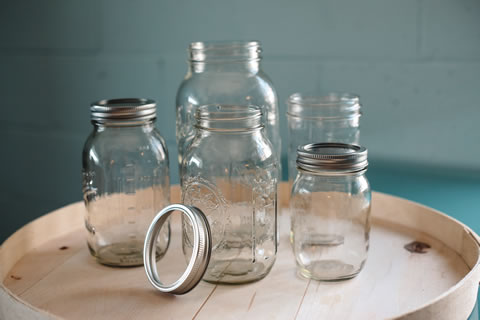
Take it easy: Novices should consider base liquors without too much flavor on their own. Vodka—less bold and complex than something like whiskey—offers a good introduction to the world of infusing. Higher proof liquors will extract flavors faster.
Store properly: You’ll need a large glass container with a lid for infusing; many mixologists swear by the Mason jar. It’s affordable and also makes for a great decorative piece while you wait for your beverage.
Shake it: Give containers a shake every so often to ensure flavors are being distributed consistently throughout the liquid.
Purify: Once the flavor intensity reaches your liking, place a coffee filter or cheesecloth on top of a fine strainer and pour the liquor through into a clean receptacle. You want the end liquid to be free of any ingredients’ remnants.
Go bold: Once you’re comfortable, don’t be afraid to work with ingredients that aren’t normally seen on cocktail menus. Mushrooms, spices, nuts and even certain meats are all candidates for interesting potables. Combine complementary or contrasting ingredients—just be sure to taste often so you don’t overdo it.


